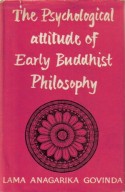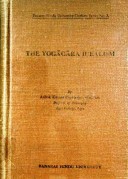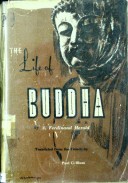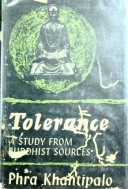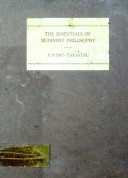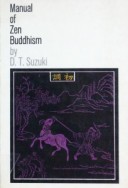Tìm Sách
Sách tiếng Anh-English >> Pure Land, Pure Mind
Thông tin tra cứu
- Tên sách : Pure Land, Pure Mind
- Tác giả : Chu-hung, Tsung-pen
- Dịch giả :
- Ngôn ngữ : Anh
- Số trang : 246
- Nhà xuất bản : The Corporate Body of the Buddha Education Foundation
- Năm xuất bản : 1994
- Phân loại : Sách tiếng Anh-English
- MCB : 1210000007162
- OPAC :
- Tóm tắt :
Introduction:
Pure Land Buddhism
Buddhism has evolved many, many forms during its long history. Codes of conduct, guidelines for communal life, rituals, meditative practices, modes of teaching, images, fables and philosophies have varied greatly over time and place. According to the fundamental Buddhist principle of skill-in-means, this multiformity is natural and proper, a necessary response to the great variety of circumstances in which Buddhism has been propagated.
Skill-in-means requires that the presentation of the Buddhist Teaching, (sometimes simply called “the Dharma”), be adapted to the mentality and circumstances of the people being taught. According to Buddhist seers, the absolute truth is inconceivable and cannot be captured in any particular formulation. Therefore in Buddhism there is no fixed dogma, only provisional, partial expressions of the teaching, suited to the capabilities of the audience being addressed.
In keeping with this fundamental principle, a tolerant, nonsectarian approach has normally prevailed throughout Buddhist history. Where dogmatic controversies and sectarian partisanship have cropped up in the communities of Buddhist followers, these are distortions of the teaching, and have always been based on misunderstanding and misinformation. In embracing Pure Land Buddhism, therefore, people are not rejecting any of the other streams of the Buddhist tradition — they have only decided that Pure Land methods are most appropriate and most effective for them.
Contents
Publisher’s Foreword i
Note on Pure Land iii
Introduction: 1
Pure Land Buddhism
I. Pure Land Teachings 23
of Master Chu-hung
II. Direct Pointing Back 111
to the Source
by Master Tsung-pen
Notes 201
Glossary 213
Bibliography 239
Index 245
 Facebook
Facebook
 Google
Google
 Google+
Google+





